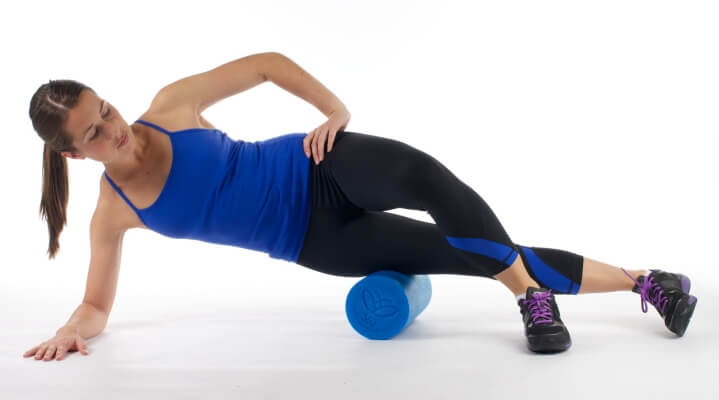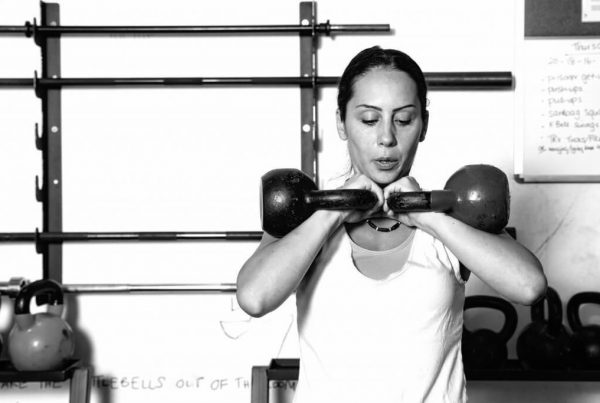Fitness Fads
I’m always amazed at how fitness fads roll in and out of the gym. They’re not always fads mind you, some of them are enduring and last for many years – even perhaps past their used-by date – and some disappear and then reappear many years later. I remember being dragged along by my mother in the early eighties (I know you’re trying to calculate my age now) to watch her play racquet ball and then later that same decade watching her bounce around in her aerobics class complete with leg-warmers, a head-band and a wild perm. Whilst aerobics seems to be making a comeback, if we can judge by how many people turn up on a Thursday night to RETROSWEAT and squash too, seems to be experiencing a regrowth in popularity – I haven’t seen anyone turning up with their racquet ball racquets in quite some time.
It’s not just the types of workouts that change either, equipment also seems to come and go. Take kettlebells for example, it wasn’t that long ago that, unless you were Russian, you wouldn’t have heard of a kettlebell, let alone used it during a gym workout. These days you’re hard-pressed to find a training program in a mainstream fitness magazine that doesn’t include them. Which brings me to one of the more recent darlings of the gym – the foam roller. Five or six years ago, I don’t think anyone except physiotherapists used them and now if you look around the gym at any given time you’re bound to see someone sliding themselves over a piece of log-shaped blue (why are they always blue?) foam.
Foam Rolling
 What does foam rolling actually do? ‘Self-myofascial release’ – is really a kind of massage that doesn’t involve another person’s hands touching you – perfect for some of our members who don’t like being touched! Get yourself a foam roller and use your own body-weight to apply pressure to sore spots, think of it as a kind of self-acupressure. Like other forms of massage, it increases blood flow to the muscles which assists in warming up and provides for greater range of motion. All being well, this means that you should get more out of your workout (for example when you squat you will be squatting that much deeper) and decrease your risk of injury.
What does foam rolling actually do? ‘Self-myofascial release’ – is really a kind of massage that doesn’t involve another person’s hands touching you – perfect for some of our members who don’t like being touched! Get yourself a foam roller and use your own body-weight to apply pressure to sore spots, think of it as a kind of self-acupressure. Like other forms of massage, it increases blood flow to the muscles which assists in warming up and provides for greater range of motion. All being well, this means that you should get more out of your workout (for example when you squat you will be squatting that much deeper) and decrease your risk of injury.
Pre-workout or post-workout?
There doesn’t appear to be universal agreement between coaches and therapists about how often to roll, or how long to roll but, as a general guideline, foam rolling prior to a workout can help to decrease muscle density and allow for a better warm-up. Rolling after a workout may help to aid in recovery, but if you’re pressed for time then before is probably the most beneficial. 5-10 mins of foam rolling should be enough.
Stretching
 At the end of the day I think that foam rolling is the best way trainers and therapists have found to get men to actually do some stretching. There are the odd few fellows that come along to yoga classes, but for the most part men don’t seem to like stretching really. If you are thinking you might like to get in on the action here is a good list of exercises to work from The foam Rolling Guide. And don’t forget you can always ask one of the Hiscoes trainers. I see a lot of people rolling their legs and butts and so on but not so many working on their upper body, so if you are going to foam roll make sure you get into the back and torso too. Foam rolling for self-myofascial release – is a good article that talks in a bit more depth about foam rolling and the possible benefits.
At the end of the day I think that foam rolling is the best way trainers and therapists have found to get men to actually do some stretching. There are the odd few fellows that come along to yoga classes, but for the most part men don’t seem to like stretching really. If you are thinking you might like to get in on the action here is a good list of exercises to work from The foam Rolling Guide. And don’t forget you can always ask one of the Hiscoes trainers. I see a lot of people rolling their legs and butts and so on but not so many working on their upper body, so if you are going to foam roll make sure you get into the back and torso too. Foam rolling for self-myofascial release – is a good article that talks in a bit more depth about foam rolling and the possible benefits.
That said, I’m off to lift some heavy weights!



